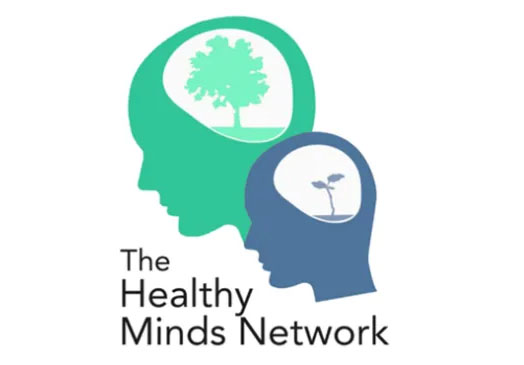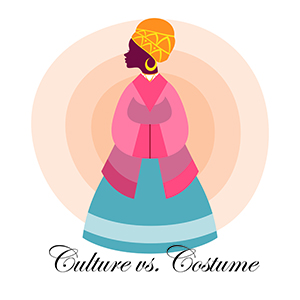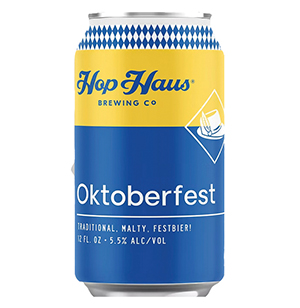America is fat. According to a number of studies, the majority of Americans are now considered overweight. Many have explored the causes and potential cures for this epidemic, but a lot of that research does not get to the general public due to the politics and money involved.
There have been a lot of scapegoats in this arena. Trans-fats, low-density lipoprotein (LDL, or “bad cholesterol”), salt, eggs, milk, everything that comes from animals, everything that is processed … the list goes on. Many of these contribute to what scientists and doctors are calling the “Metabolic Syndrome,” which refers to all of the bad things that happen to you when you gain too much weight. Many of these reasons are false flags, things we point to as bad because it is easy, cheap or safe to do so.
However, we are discovering that the truth is actually pretty simple. The causes of this destructive disease are few and fairly easy to spot. The problem is they are also making people a lot of money. Today, let’s focus on one of these ever present killers: fructose.
Everyone has heard about high fructose corn syrup (HFCS), corn syrup that has been processed to contain fructose, making it a lot sweeter. The argument tends to take the form of one side stating that HFCS is horrible for you; it causes obesity and diabetes. Then the other side counters that no, it’s exactly the same as table sugar.
They are both right. HFCS is composed of roughly equal parts glucose and fructose. Table sugar, also known as sucrose, is a glucose molecule attached to a fructose molecule by a single oxygen atom. Your upper digestive tract has lots of enzymes that are designed to cut that connection, freeing the sugars from one another. Metabolically, HFCS and sucrose are nearly identical. They are both toxic.
Glucose is a wonderful sugar. It is metabolized easily by most of the tissues in your body and is stored primarily in your liver and muscle tissue as glycogen, an easily accessible fuel for your body with little to no negative health effects. Fructose, on the other hand, is metabolized in much the same way as ethanol – the alcohol a beer or rum, the toxin you drink for recreation that can cause obesity, liver failure, high blood pressure and diabetes. This is the same list of symptoms that you see for Metabolic Syndrome. It’s no coincidence. Additionally, chronic exposure to fructose and chronic exposure to ethanol share 12 of the same 14 symptoms.
It gets worse from there. Fructose suppresses your insulin response and the hormone that signals that you’re full, causing you to feel the need to eat even when you’ve had plenty of calories. You know that feeling that is somewhere between bored, hungry and thirsty? That’s a fructose high. Don’t believe me? Try avoiding it for a week or so, then eating something fructose-heavy, like a slice of cake. Pay attention to what happens to your hunger.
Fructose is dangerous, addictive and ubiquitous. It isn’t just in table sugar, but composes most of the sugars in honey, agave nectar and most other “natural” sweeteners. However, that doesn’t mean that all sweeteners are bad. Maltose, dextrose and glucose are all “good” sugars, containing no fructose. This has interesting implications; regular, unprocessed corn syrup is far better for you that HFCS since it contains primarily glucose. Honey and agave nectar are worse for you, for the same level of sweetness, than table sugar (though they do contain less fructose per ounce than sucrose).
What should we do? We can take steps locally that will help everyone keep an eye on fructose addiction. If the cafeteria provided some glucose-based sweeteners for our coffee and tea, and perhaps even a few fructose-free desserts, it could help Madison College become happier, healthier and fitter. We could even encourage the baking program to try some glucose-based recipes.
There are a lot of easy, little changes that we can make here and now, and by setting a good example and encouraging good habits, we might even be able to save a few lives.


























